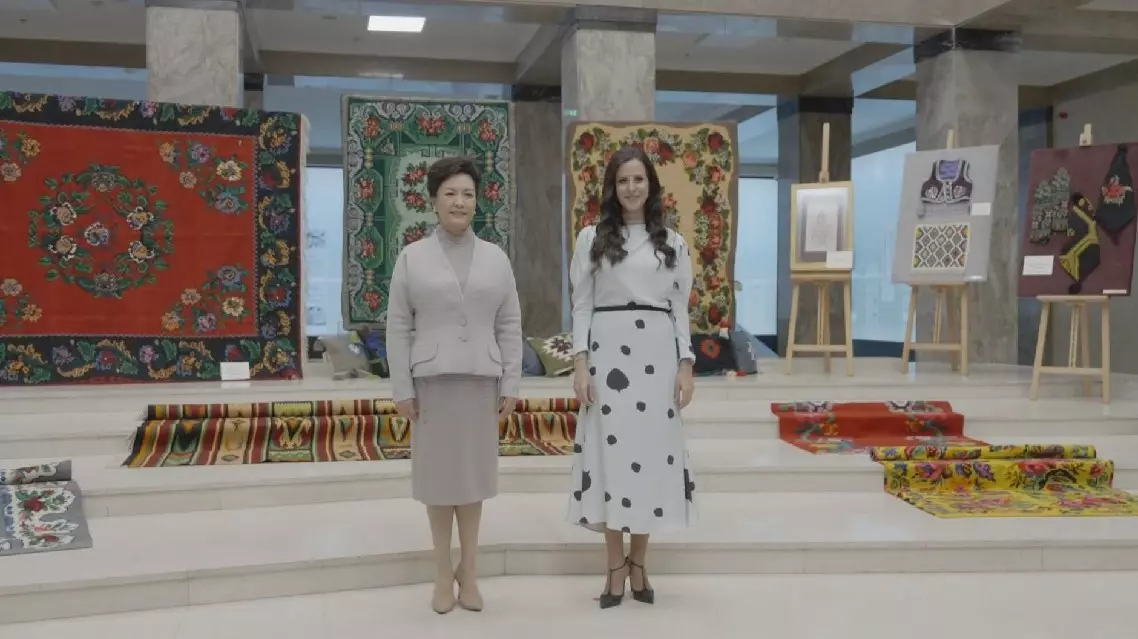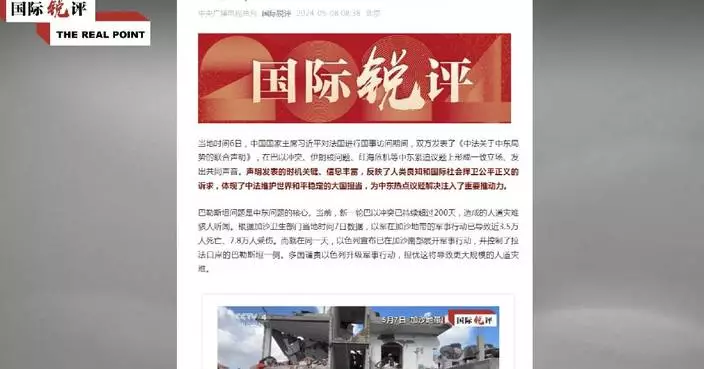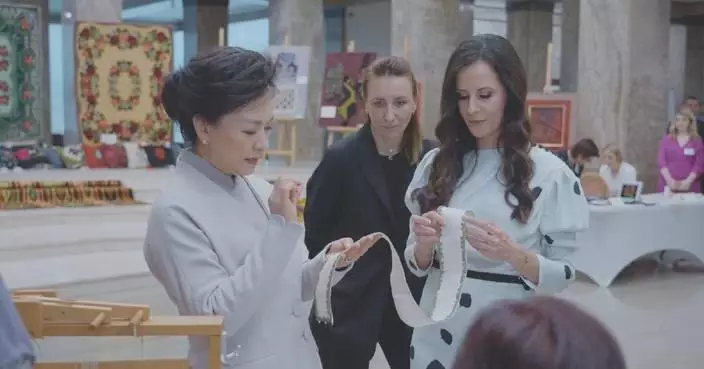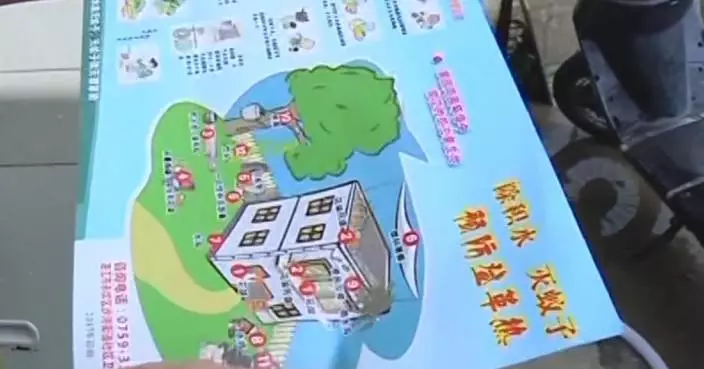Fukushima evacuees on Friday joined their fellow Japanese residents at a gathering in Tokyo to condemn the ongoing discharge of nuclear-contaminated water into the sea.
Amid the fifth round of release of the nuclear-contaminated water from the crippled Fukushima Daiichi Nuclear Power Plant into the Pacific Ocean, which started on April 19 and will last till May 7, Japanese people took to the street again, holding placards objecting to the discharge.
"Radioactive materials must be properly stored. The ocean belongs to everyone, not just the Japanese. Discharging radioactive materials into the ocean may not show immediate effects, but over decades or even centuries, it could have significant impacts on the environment and human health. I am very concerned and think that the discharge should be stopped," said a protester.
Other protesters said that the plant's operator, Tokyo Electric Power Company Holdings (TEPCO) failed to properly handle the crisis.
"From TEPCO's perspective, there seems to be a lack of crisis awareness and crisis management. I believe TEPCO exhibits irresponsible behavior in this regard," said another protester.
Fukushima residents who have been displaced due to the Fukushima nuclear accident also participated in the protest.
They expressed concerns over TEPCO's handling of the aftermath of the Fukushima nuclear accident, including the treatment of Fukushima nuclear-contaminated water and the reconstruction of Fukushima.
Those Fukushima evacuees generally believe that the hope of returning to their hometowns and rebuilding their homes remains distant and out of reach.
"If TEPCO were truly to take responsibility, they should earnestly collect all radioactive materials. Why discharge radioactive substances that should be collected while claiming that your actions are responsible? I believe this is extremely contradictory," said a Fukushima evacuee.
"The area has already been contaminated, and although there are still people living there, we cannot accept the current level of pollution. We have to continue living as evacuees," said another Fukushima evacuee.
Hit by a 9.0-magnitude earthquake and an ensuing tsunami on March 11, 2011, the Fukushima nuclear plant suffered core meltdowns that released radiation, resulting in a level-7 nuclear accident, the highest on the International Nuclear and Radiological Event Scale.
The plant has been generating a massive amount of water tainted with radioactive substances from cooling down the nuclear fuel in the reactor buildings, which are now being stored in tanks at the nuclear plant.
In August 2023, Japan started to discharge the Fukushima water into the Pacific Ocean, despite repeated objections by governments and communities, environmental groups, non-governmental organizations, and anti-nuclear movements in Japan and the Pacific region.
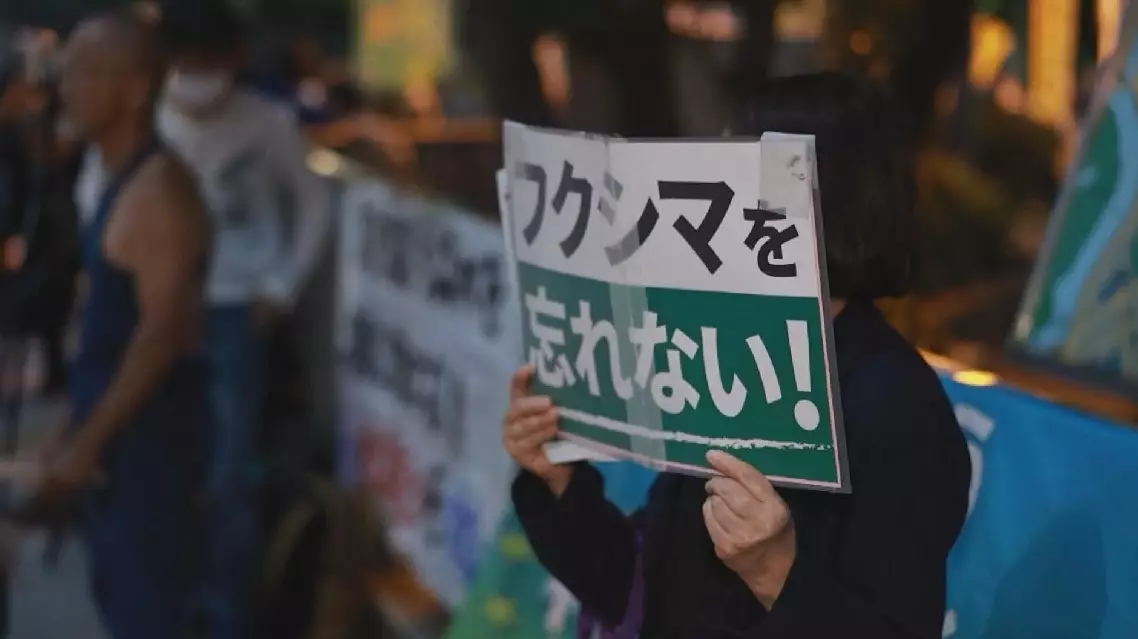
Japanese residents condemn discharge of nuke water, Fukushima evacuees voice disappointment
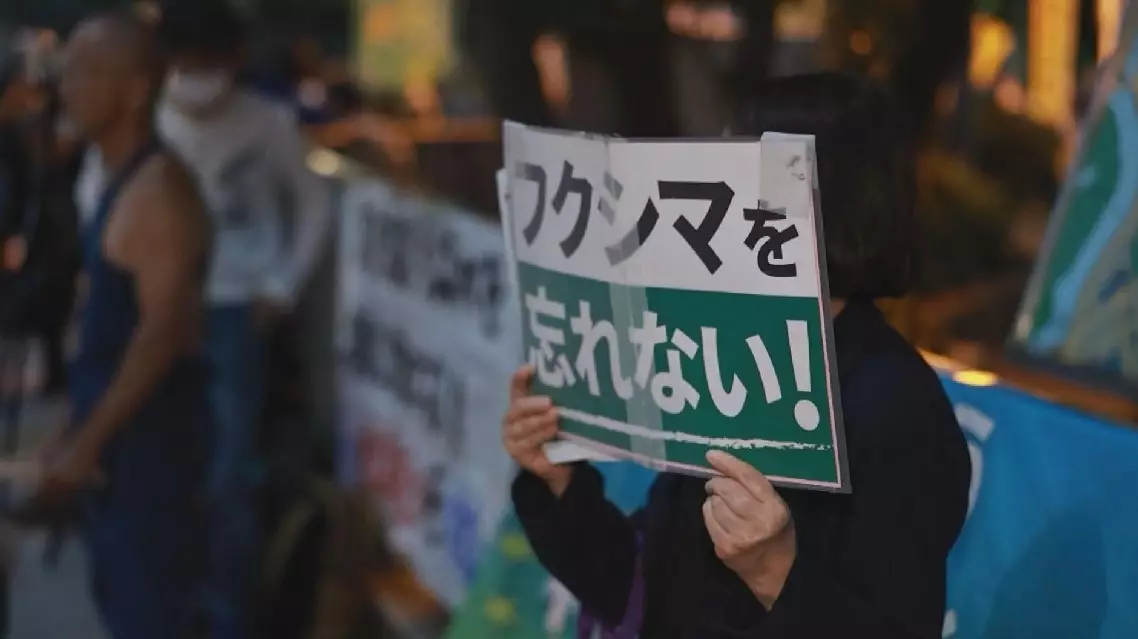
Japanese residents condemn discharge of nuke water, Fukushima evacuees voice disappointment


